- A large randomized trial found that platinum-based chemotherapy with bevacizumab, an angiogenesis inhibitor, improved progression-free and overall survival in women with advanced or recurrent cervical cancer.
- Positron emission tomography/CT is superior to all other imaging, with highest sensitivity and specificity for lymph node detection among women with cervical cancer.
- Multiple studies have reported high detection rates of sentinel lymph node mapping in early-stage cervical cancer, with the best sensitivity and specificity found among patients with tumors less than 2 cm.
Latest Updates
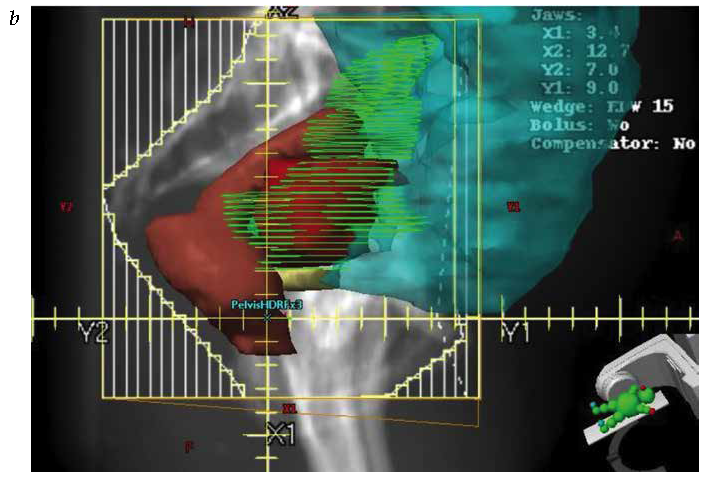
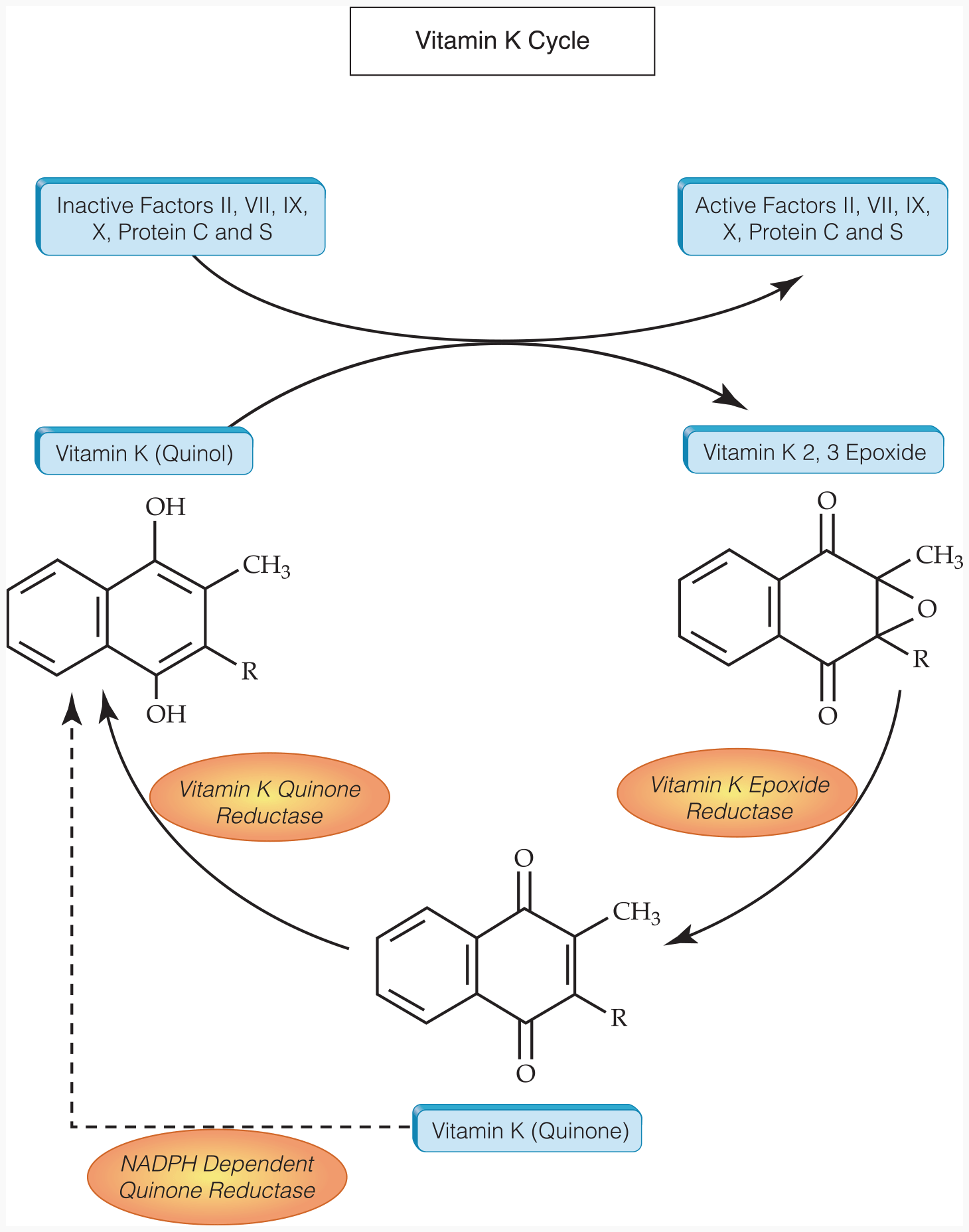
- Recombinant proteins for the management of hemophilia
- Trauma-induced coagulopathy is directly correlated with mortality
- Idruxizumab reverses the effects of dabigatran
- Transfusion of plasma, platelets, and packed red blood cells in a 1:1:1 ratio minimizes the risk of transfusion-related coagulopathy
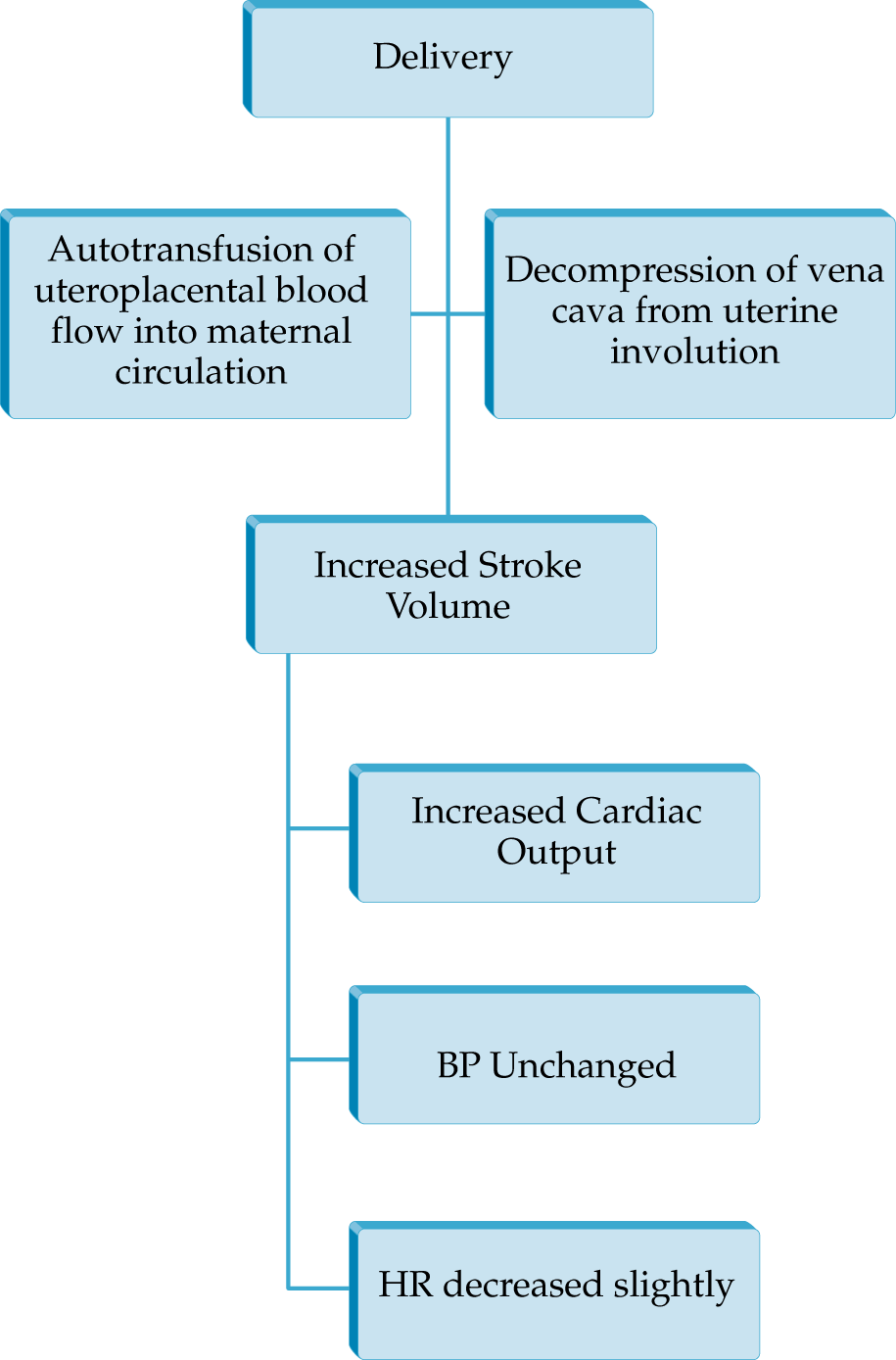
- Delayed cord clamping, the practice of waiting for a period of time after a baby is born before clamping and cutting the umbilical cord, increases hemoglobin levels in the newborn, improves iron stores, and increases birth weight with no increase in the incidence of postpartum maternal hemorrhage and transfusion or tachypnea in the newborn.
- Skin-to-skin contact (SSC), a practice that involves placing a newborn baby on the mother’s abdomen or chest immediately following delivery and letting the baby remain there, enhances maternal-infant bonding, thermoregulation, and breast-feeding. Practicing SSC for over an hour (versus less than 1 hour) does not have dramatic benefits.
- Rooming in is the practice of mothers and their newborns staying together 24 hours a day unless separation is medically indicated. The close proximity allows mothers to recognize when their baby is hungry and breast-feed on demand. Maternal sleep is not altered by this practice, and rooming in improves infants’ sleep compared with remaining in the nursery.A Cochrane review found low-quality evidence to support the contention that women who chose to room in with their newborns had a higher rate of breast-feeding on postpartum day 4 compared with those who did not practice rooming in.
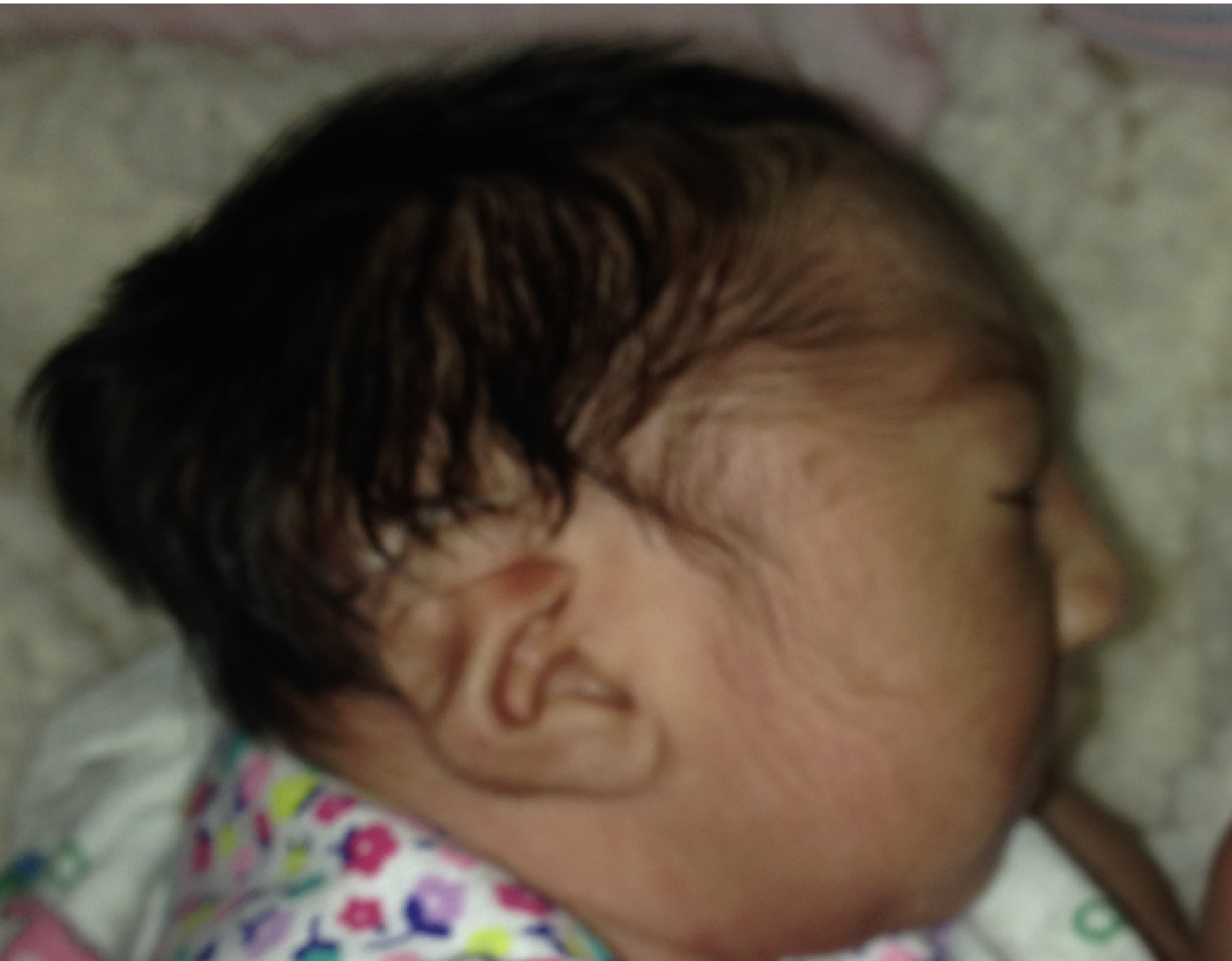
- Viral influenza – Immunization is 70-90% effective in prevention or diminishing severity of influenza infection. Annual vaccination with the quadrivalent influenza vaccine is recommended for every pregnant patient. It does not cause congenital anomalies and can be administered in any trimester of pregnancy.
- Parvovirus – Maternal parvovirus B19 infection cannot be prevented. Once maternal infection is confirmed (by detecting IgM and viral DNA in maternal serum by PCR), the fetus should be evaluated weekly for a minimum of 8 weeks for evidence of anemia using sonographic middle cerebral artery Doppler velocimetry.
- Rubella – Individuals are contagious from several days before to 7 to 10 days after the appearance of the rash. Detailed ultrasound examination is the best test to determine whether serious fetal injury has occurred as a result of maternal rubella infection, although injury can be missed antenatally.
- Varicella zoster – A history of chickenpox infection as a child is reassuring since second infections are extremely unlikely and, should it occur, the risk to the fetus is negligible. Varicella vaccine is a live attenuated vaccine and, as such, is contraindicated during pregnancy,
- Zika virus – A mosquito borne disease, Zika virus is asymptomatic or causes a mild febrile illness in the mother, but is associated with a significant risk of birth defects, including microcephaly and other neurologic abnormalities.
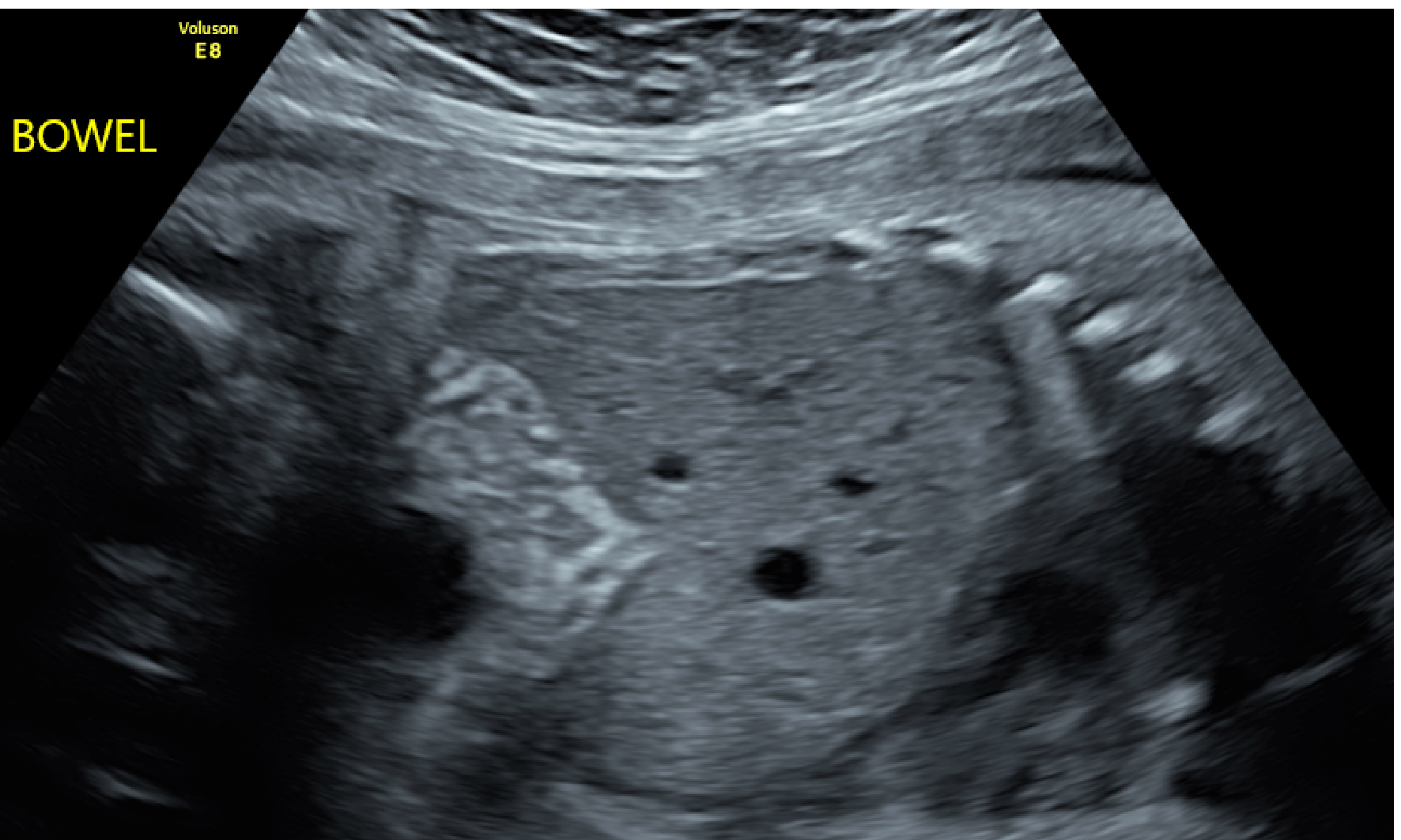
Viral Infections in Pregnancy – Part 1: CMV, Ebola Virus, Viral Hepatitis, HSV, and HIV
- Cytomegalovirus - Use of hyperimmune globulin and high-dose treatment with valacyclovir show promise for CMV infection in pregnancy.
- Ebola virus – No definitive treatment exists. Testing is ongoing using such agents such as brincidofovir and favipiravir. Other investigational agents include immune sera from survivors, TKM-Ebola (RNA interference), and ZMap (combination of three anti-Ebola monoclonal antibodies).A candidate vaccine cAd3-ZEBOV derived from chimpanzee adenovirus is currently under investigation.
- Hepatitis B - Tenofovir 200 mg PO from 32 weeks until delivery has been shown to reduce rates of perinatal transmission in patients with a high viral load (>1 million copies/mL).
- Herpes Simplex Virus – PCR detection of HSV DNA in amniotic fluid is most useful diagnostic test and has a rapid turnaround.

Viral Infections in Pregnancy – Part 1: CMV, Ebola Virus, Viral Hepatitis, HSV, and HIV
- Cytomegalovirus - Use of hyperimmune globulin and high-dose treatment with valacyclovir show promise for CMV infection in pregnancy.
- Ebola virus – No definitive treatment exists. Testing is ongoing using such agents such as brincidofovir and favipiravir. Other investigational agents include immune sera from survivors, TKM-Ebola (RNA interference), and ZMap (combination of three anti-Ebola monoclonal antibodies).A candidate vaccine cAd3-ZEBOV derived from chimpanzee adenovirus is currently under investigation.
- Hepatitis B - Tenofovir 200 mg PO from 32 weeks until delivery has been shown to reduce rates of perinatal transmission in patients with a high viral load (>1 million copies/mL).
- Herpes Simplex Virus – PCR detection of HSV DNA in amniotic fluid is most useful diagnostic test and has a rapid turnaround.
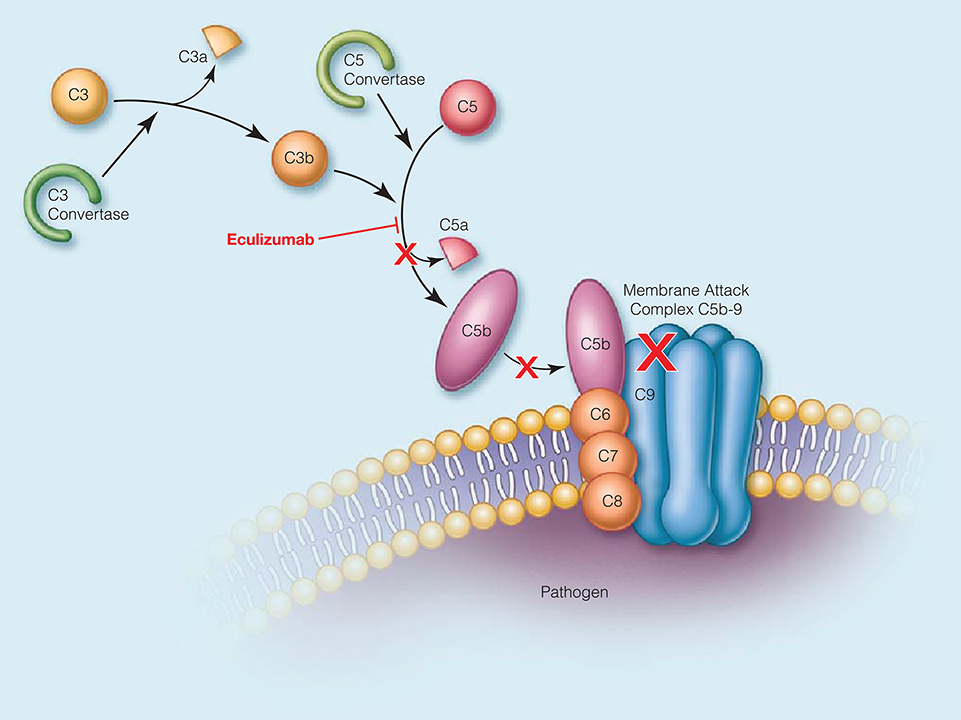
Microangiopathic and Vascular Disorders
- 2020 ISTH Practice Guidelines: Thrombotic Thrombocytopenic Purpura
- 2016 KHWG Practice Guidelines: Atypical Hemolytic Uremic Syndrome
- 2014 SOGC Practice Guidelines: HELLP Syndrome
- 2009 BCSH Practice Guidelines: DIC
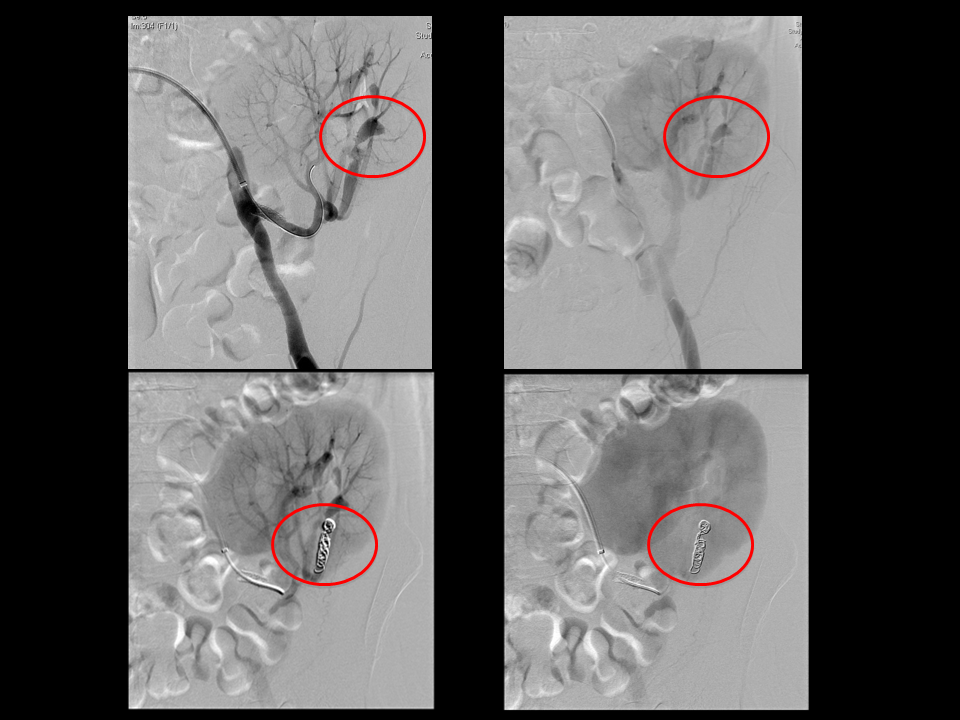


.png)







